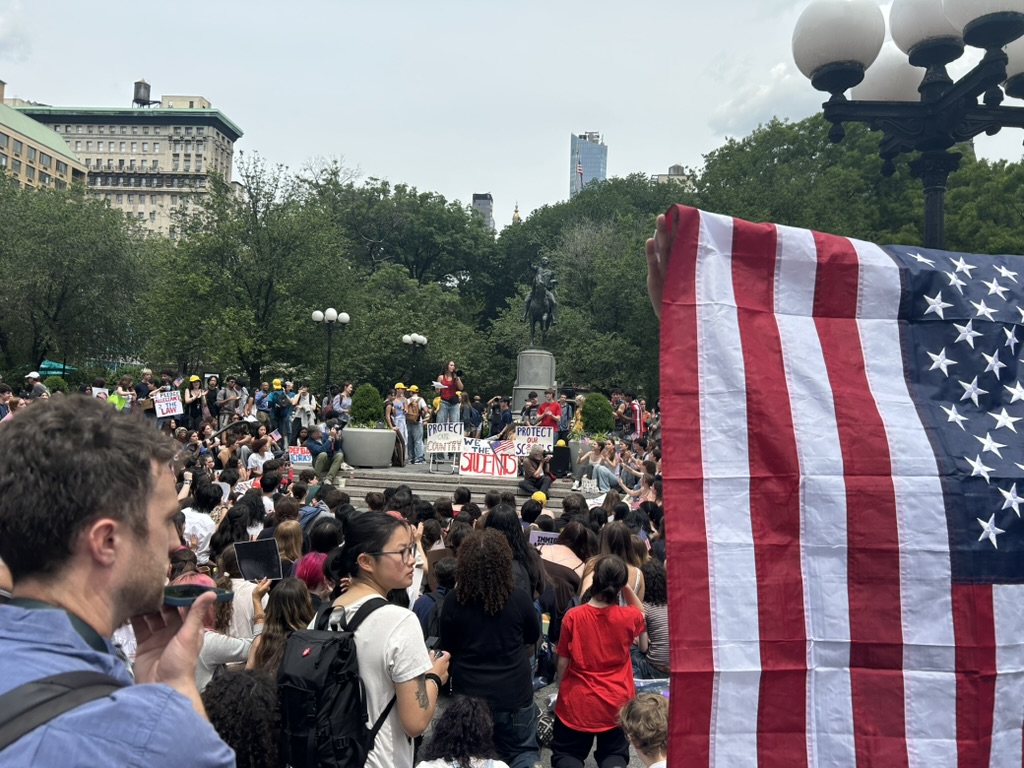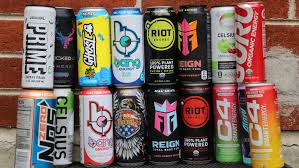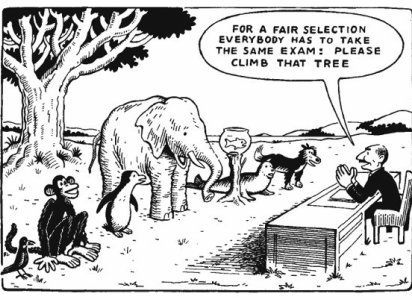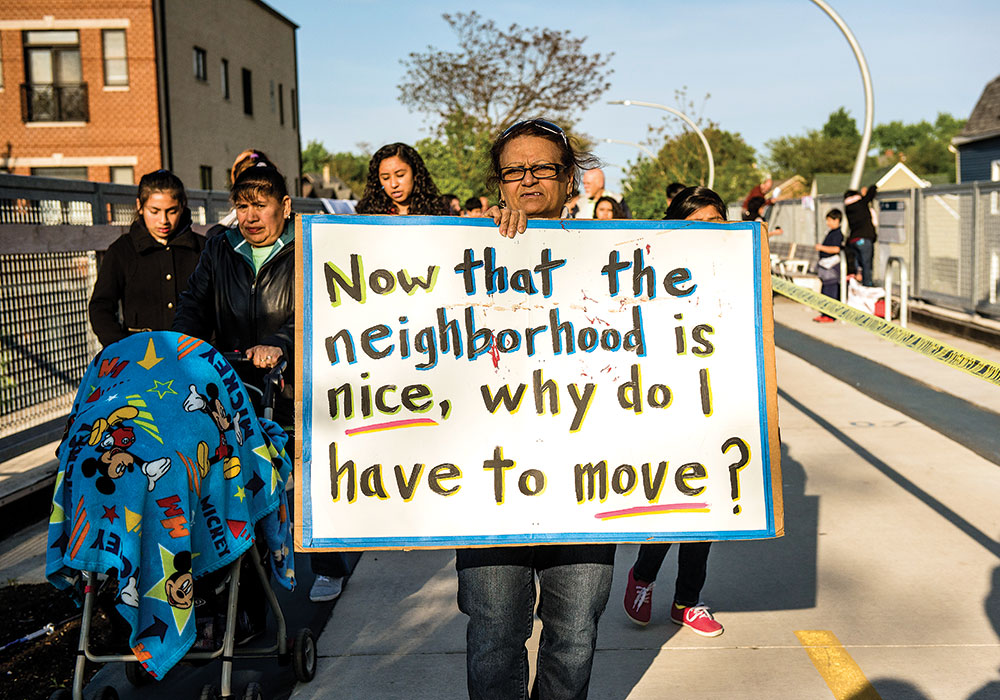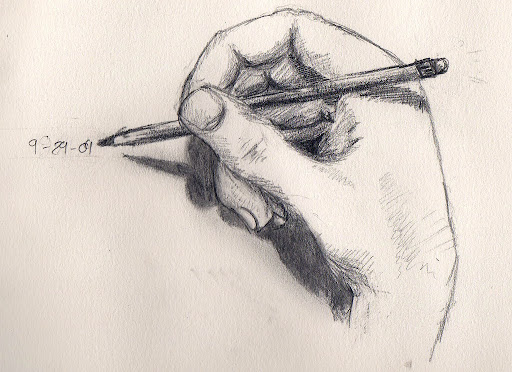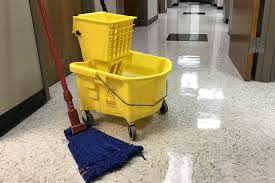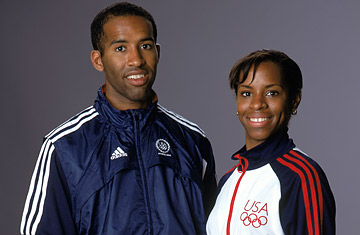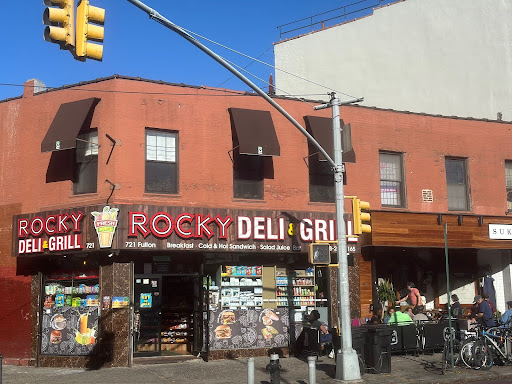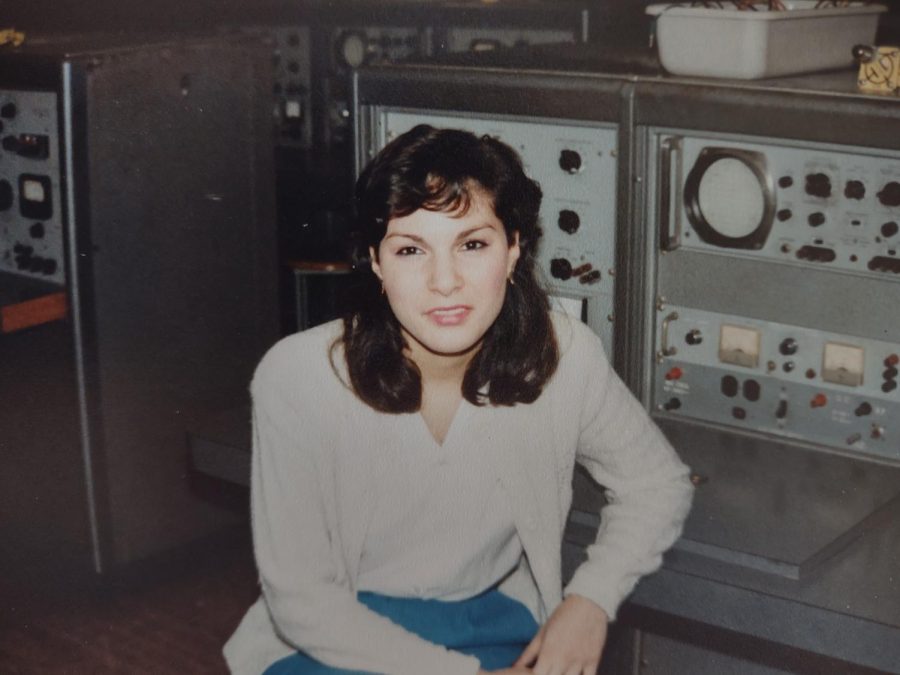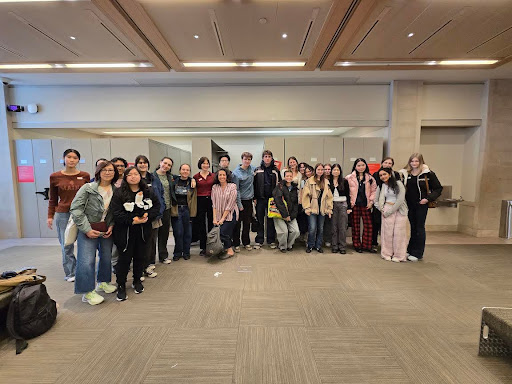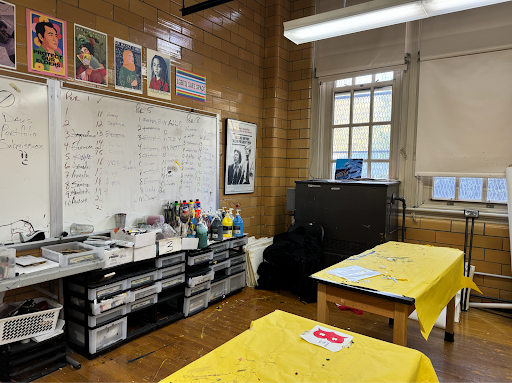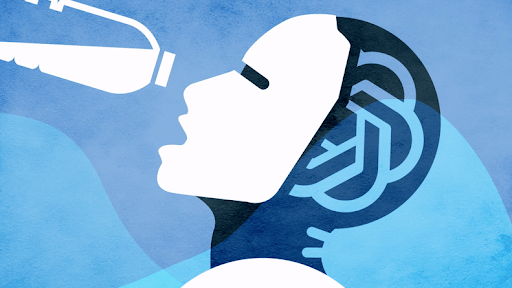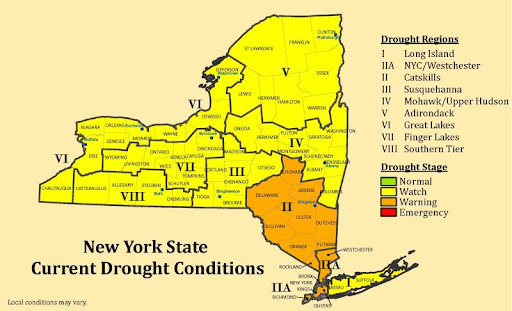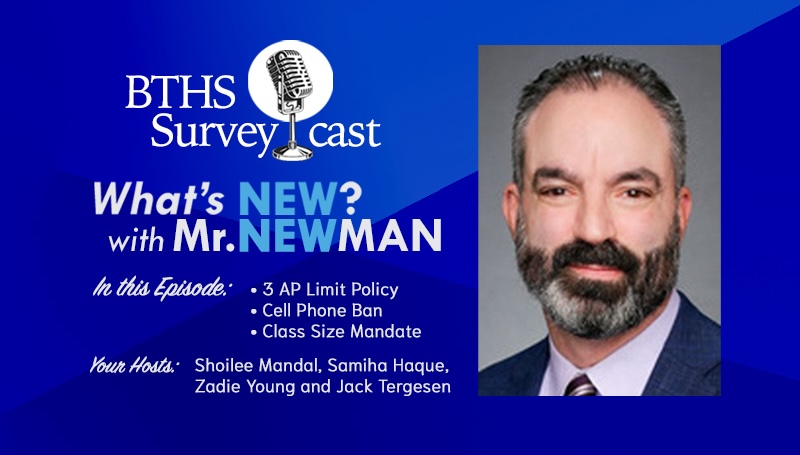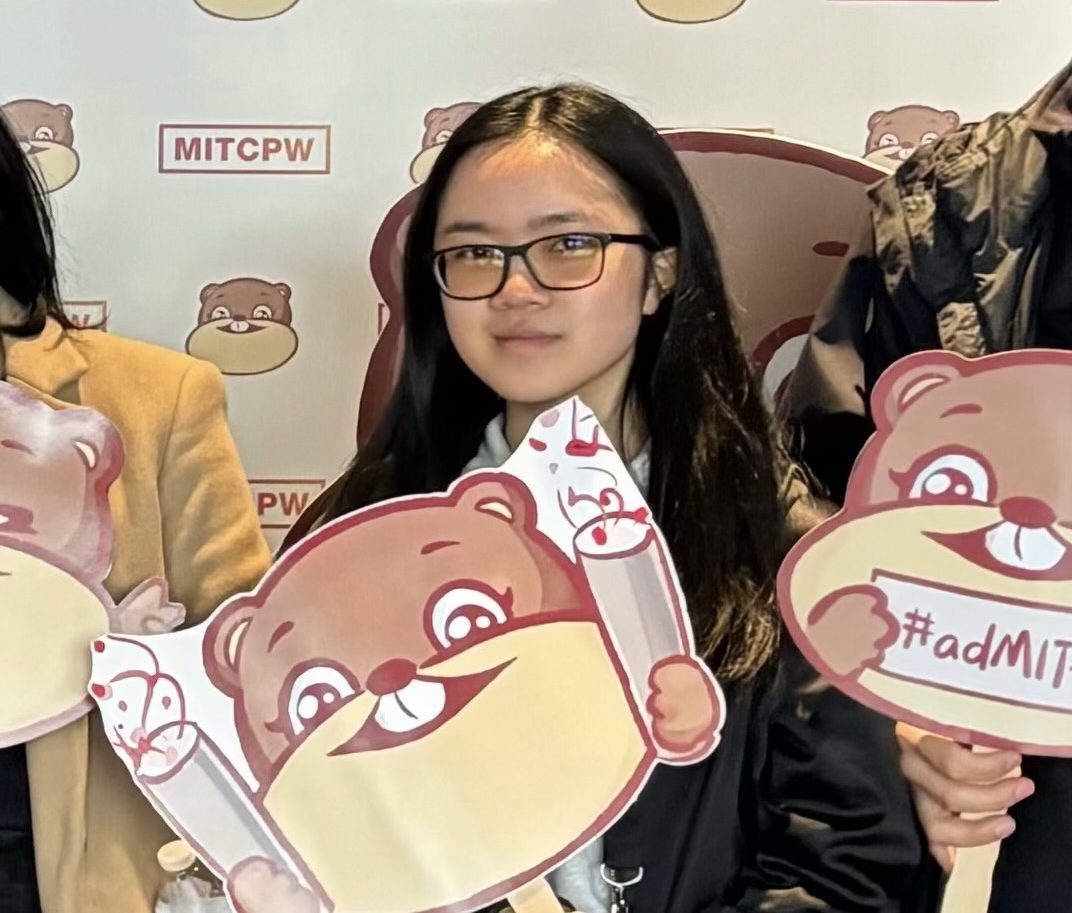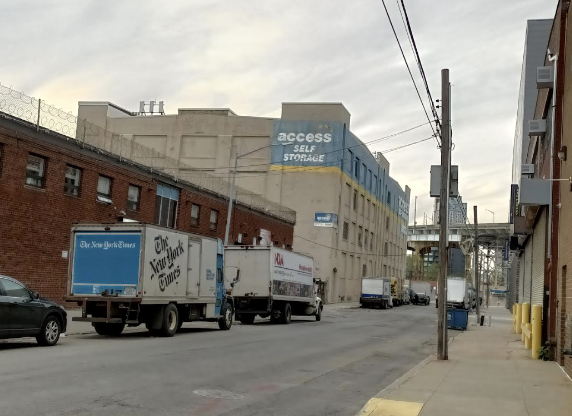The Consequences of Brooklyn Tech’s Trash
May 17, 2022
Since the closure of the Fresh Kills landfill in 2002, Brooklyn Tech’s trash has not been sent anywhere within the five boroughs. This results in Brooklyn Tech’s waste being sent out of state — a process that affects more people than we realize.
All trash produced in New York City, including Brooklyn Tech’s trash, is shipped to transfer stations where waste is loaded onto trucks, trains, or barges daily. The transfer station then sends this trash to an out-of-state landfill or an energy conversion facility. Much of the city’s trash ends up in New Jersey, Ohio, Pennsylvania, and even South Carolina — a process that costs $432 million a year, according to Business Insider.
According to DSNY Districts with Disposal Vendor Assignments, Brooklyn Tech’s trash is sent to Sims Municipal Recycling at Sunset Park Material Recovery Facility and Sims Metal in Long Island City — two low-income neighborhoods per Camila Guzman and Miranda Rugova, outreach coordinators at Zero Waste Schools.
Both areas are plagued with traffic and air pollution. Multiple expressways intersect at Long Island City, creating an infamously congested interchange and causing similar issues. Further, the notoriously congested Brooklyn-Queens Expressway also bisects Sunset Park. All of this results in some of the worst air pollution in Sunset Park and Long Island City, according to the NYC Health Department Report on Air Quality. Since Brooklyn Tech’s trash is sent there, it is indirectly contributing to the high levels of air pollution.
Furthermore, all 58 transfer stations are located in low-income, historically overburdened areas, according to Guzman and Rugova. To decrease the waste burden placed on lower-income communities, the City passed the Waste Equity Law in 2018, which reduced the capacity of transfer stations, including the ones to which Brooklyn Tech’s trash is sent. According to the New York Lawyers for the Public Interest, the law was a success in reducing the burden of trash in low-income neighborhoods.
Still, there have been concerns about this new law. Provided that our trash levels remain the same, the trash that would have been processed at the original transfer stations ends up somewhere else. This means that trash, including Brooklyn Tech’s, may go to another low-income neighborhood out of state. Therefore, the law is only a partial solution to Brooklyn Tech’s and NYC’s trash problem.
To see the impact of our trash, Brooklyn Tech needs a waste audit. A waste audit is a study of the building’s waste stream and will analyze data on Brooklyn Tech’s trash. Mr. Schell, the environmental sustainability director, says that a waste audit will give us “concrete, quantifiable data.” The audit is not on the table yet, as Mr. Schell said is still recruiting students.
For now, we can limit the amount of trash we create. Guzman and Rugova suggested that a ban on single-use items would be a great start. This would lead to less trash on trucks going into the transfer stations, further reducing the burden on low-income neighborhoods. More education on issues surrounding harmful waste is another solution, as individuals are more likely to be aware of potentially negative actions that can affect others.
The NYC Sanitation Department released Follow Your Waste, an educational resource that helps people understand where their trash ends up after being picked up by a garbage truck. The program was created by the Sanitation Foundation, which is the official non-profit partner of the Department of Sanitation. Hopefully, this educational resource can help people understand that their trash has a wide-ranging impact on other communities and help curb trash emissions, as the decomposition of trash produces a lot of greenhouse gasses. This can serve as a temporary solution as a placeholder for the waste audit.
The advocacy of a waste audit shows that attitudes towards the environment are changing. Before, the consequences of Brooklyn Tech’s trash had long gone unaddressed. But as more people become aware of the environmental problems affecting the world, more people are advocating for change. Before a perspective on Tech’s waste can be fully developed, the amount of trash being produced and where it is sent must be assessed. That is what a waste audit would solve: to give clear data on the waste being produced. This could be a stepping stone for a more sustainable Brooklyn Tech.

